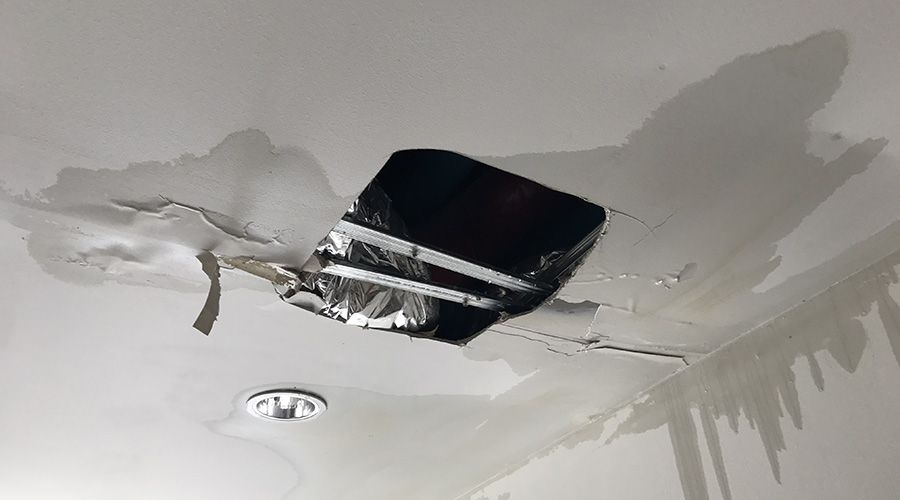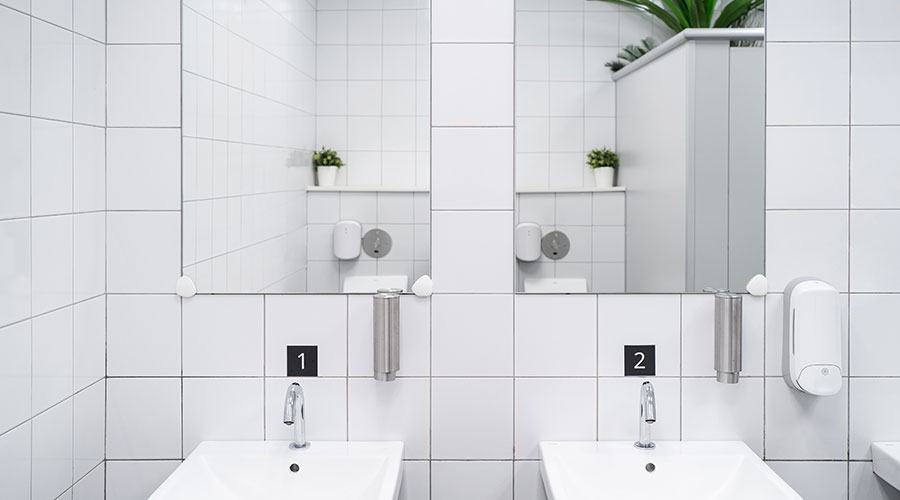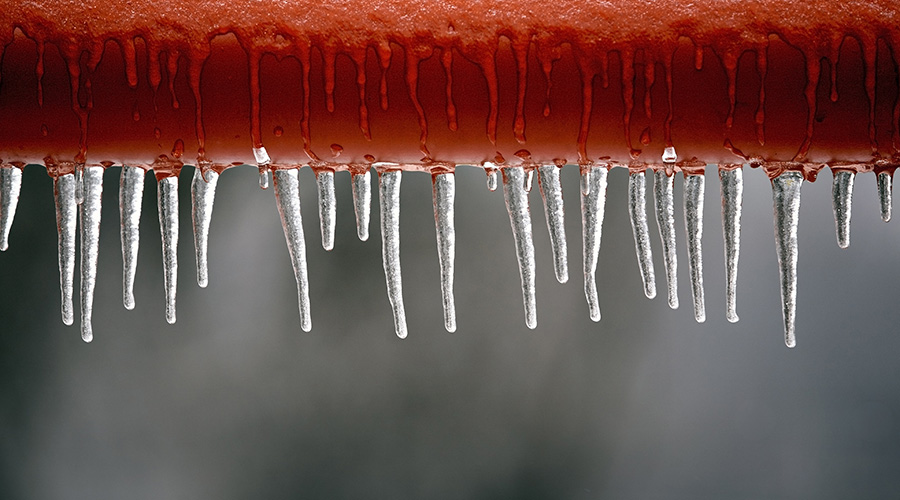Make Sure Technicians Trained on New Drain Cleaning Equipment
Once a drain-cleaning machine is purchased, managers must ensure that technicians use the equipment properly, both for personal safety and to protect the facility and the piping system. As an example, Schaeper points to the autofeed feature on some models, which advances the cable into the line and retrieves it.
"When you're advancing with the autofeed, you can't feel the cable torque up the way you would if you were advancing the cable manually," he says. "That is when people run into a lot of problems. They keep advancing it, and they're in the blockage, but they keep putting the cable out. Doing that can cause the cable to get bound up in the blockage, and it can flip over on itself, which can be a safety hazard. It can cause a situation where you keep advancing it until the cable breaks. Nobody wants to dig up a floor to get a cable out of a pipe.
"Instead, if you camera the line first and you know how far out your blockage is, then you can use the autofeed to advance the cable to a little bit before the blockage. But I always recommend manually feeding the cable in, especially if you don't know where the blockage is because that allows you to feel the cable torque up on itself."
Silverman also points out potential problems related to improper operation and maintenance of equipment. The first involves the use of reverse switches.
"The reverse switch is not to be used to retract the cable on most machines," he says. "The cable should be retracted out of the line and into the drum with the motor running in forward. If the machine runs in reverse, you risk tangling the cable in the drum. Reverse is only to be used if the cable is caught on an obstruction, or to help it get around a tight spot. Use it for only a few seconds at a time. Newer rental machines come with a momentary-contact reverse switch to prevent untrained users from putting the machine in reverse for long periods of time and damaging the cable."
Managers also should be aware of misconceptions surrounding the drum that holds the cable.
"The second myth is that a plastic drum is needed to prevent the drum from rusting," he says. "The hole in this thinking is that the drain-cleaning cable, the thing that does all the work, is made of steel. It's going into water, and it's going to rust unless you take care of it.
"But taking care of a cable is really inexpensive and takes almost no time. All you have to do is pour a little lightweight motor oil into the drum. As the drum turns, the oil lubricates the cable and prevents it and the drum from rusting."
Related Topics:














